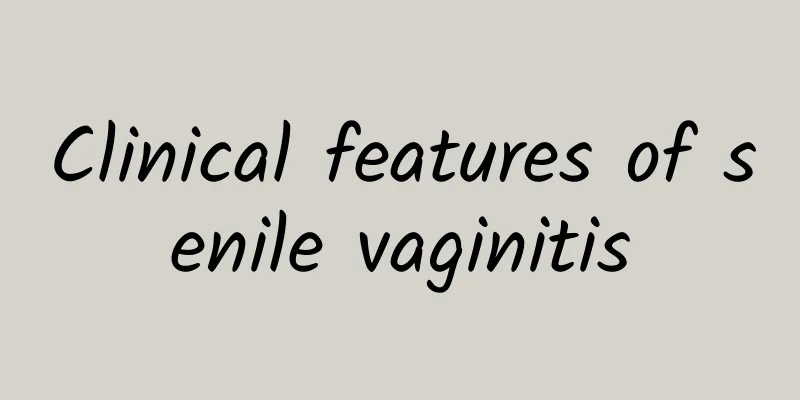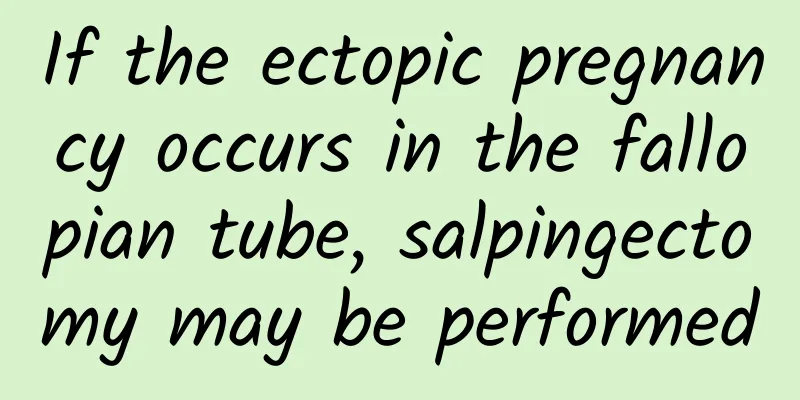Simple acupoint massage method to relieve dysmenorrhea

|
Dysmenorrhea refers to pain in the lower abdomen or waist during and before and after menstruation. In severe cases, it may be accompanied by nausea and vomiting, cold sweats, cold hands and feet, and even shock. Simple Chinese medicine acupoint massage can help relieve menstrual discomfort. 1. Taichong Location: Located at the depression between the first and second metatarsal bones on the dorsum of the foot. Method: Use the tip of your left thumb to rub the right Taichong point until you feel a sore and swollen feeling. After one minute, use the tip of your right thumb to rub the left Taichong point for one minute. Efficacy: "When Taichong pulse is strong, menstruation will come on time." Taichong is the most important acupoint on the liver meridian. It is also very effective for female menstrual disorders. Massage of this acupoint can relieve dysmenorrhea caused by liver depression and qi stagnation, thereby achieving the effect of softening the liver and relieving pain. 2. Sea of Blood Location: Bend the knee, on the inner side of the thigh, 2 inches above the inner end of the patella, at the bulge of the medial head of the quadriceps femoris. Method: Use your fingertips to gently massage the Xuehai acupoint with moderate force until you feel a sore and swollen sensation, and massage alternately back and forth between left and right. Efficacy: Xuehai is also an important acupuncture point for managing female menstruation. Proper massage or moxibustion can relieve discomfort such as cold pain and heaviness in the lower abdomen. 3. Zusanli Location: On the anterior and lateral side of the lower leg, 3 inches below the calf nose and one horizontal finger (middle finger) away from the anterior edge of the tibia. Method: Use the tip of your thumb to press and rub Zusanli acupoint with a little force until you feel soreness and swelling. For uterine cold and dysmenorrhea, you can use moxa sticks for hanging moxibustion. Efficacy: Nourishes Qi and blood, warms the uterus, regulates menstruation and relieves pain. It is especially suitable for weak women with insufficient Qi and blood. 4. Sanyinjiao Location: This point is located on the inner side of the calf, 3 inches above the tip of the medial malleolus, and behind the inner edge of the tibia. Method: Use the tip of your thumb to press and rub the acupoints with a little force until you feel soreness and swelling. Efficacy: Sanyinjiao is also known as "gynecological Sanyinjiao". It has good effects on irregular menstruation, leucorrhea, excessive or insufficient menstruation, premenstrual syndrome and menopausal syndrome. |
<<: 3 complications caused by ovarian cysts
>>: 4 major advantages of micro-tube painless abortion surgery
Recommend
What are the different examination methods for cervical warts?
How to check the incubation period of cervical wa...
Let's take a detailed look at the examination methods of cervical erosion
Nowadays, many people are troubled by cervical er...
How to regulate irregular menstrual cycle?
How to regulate irregular menstrual cycle? Gyneco...
How much does gynecological Bartholin's gland cyst surgery cost?
The cost of gynecological Bartholin's gland c...
Is B-ultrasound accurate in detecting pelvic effusion? What are the precautions?
Pelvic effusion is a common phenomenon. Many wome...
Detailed explanation of the three major precautions and conditioning methods after spontaneous abortion - attached is a list of dietary taboos
There are always regrets in life. Not every baby ...
Zhao Wei's slimming recipes: Fat-burning vegetable and fruit juices
Zhao Wei, who shot to fame for her role in the Qi...
The most important daily care measures for ectopic pregnancy
One of the most common diseases that pregnant wom...
Clinical diagnosis and treatment of congenital absence of vagina syndrome
In life, people should pay attention to the impac...
What are the diagnostic methods for women with menstrual disorders?
What are the diagnostic methods for female menstr...
Introduction to the hazards of four serious pelvic inflammatory diseases
Many patients with pelvic inflammatory disease do...
Eat pasta without worries! Nutritionists teach you 3 secrets to not getting fat
Whether it is a weekday dinner, a gathering with ...
Daily Dietary Tips for Pelvic Peritonitis
Pelvic peritonitis is an inflammation caused by i...
Chronic adnexitis medication guide
Many female friends suffer from symptoms such as ...
Is adenomyosis common?
Is adenomyosis common? 1. The incidence of adenom...









